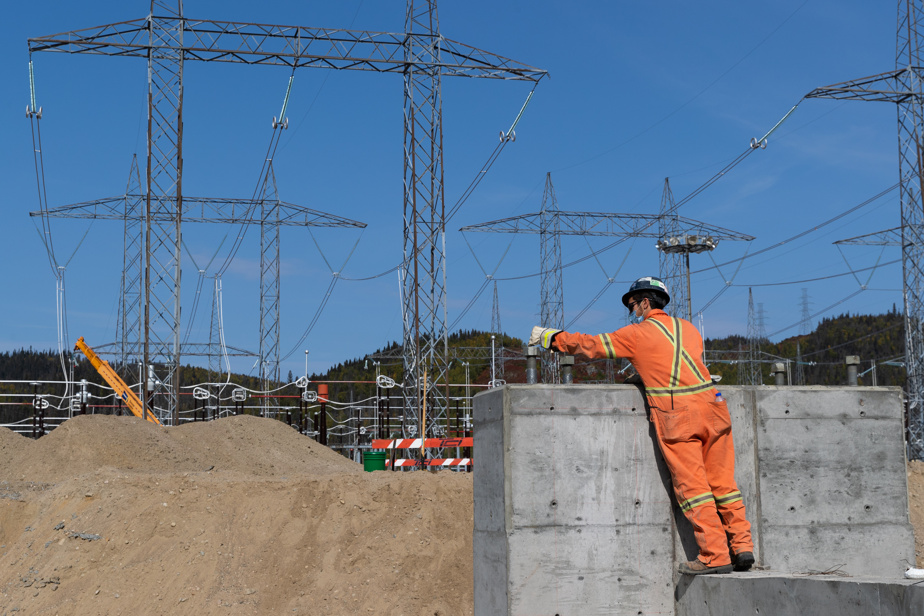Hydro-Québec is examining a project to build a 1,200 megawatt hydroelectric power station on the Petit Mécatina River. I am confused. According to Hydro-Quebec and Minister Pierre Fitzgibbon, Quebec needs 100 terawatt hours. Does that mean that it will be necessary to build a little less than 100,000 power stations like Petit Mécatina? I hope I am wrong in my calculations. Otherwise, we are very far from the mark.
Pierre Nadeau
First, we must distinguish between megawatts, a unit of power, and megawatt hours (or terawatt hours), a unit that expresses a quantity of energy. If it operated at full capacity 24 hours a day and 365 days a year, which is however unrealistic, the Petit Mécatina power station could produce approximately 10.5 terawatt hours per year (1200 x 24 x 365).
That said, you are right, Quebec’s electricity needs have been estimated at 100 terawatt hours, or one million megawatt hours, to completely decarbonize its economy, that is to say eliminate the use of fossil fuels.
That’s 50% more than Hydro-Québec’s current production capacity, and that’s why we say we’ll have to build half a Hydro-Québec.
Adding new hydroelectric plants is not the only way to increase electricity production. Wind turbines and solar parks will contribute to this, with storage facilities that allow energy to be accumulated and used as needed. Already, Hydro-Quebec is doubling its wind power supply from the current 4,000 megawatts to 8,000 megawatts.
Energy savings are also a mine which has been very little exploited in Quebec and which can contribute to satisfying part of future needs. There are 25 terawatt hours to be recovered there by 2030, according to the most recent estimates from Hydro-Québec.
Having said that, the 100 terawatt hours mentioned by Minister Fitzgibbon is a lot of energy. But these are estimated needs for 2050, ie in just over 25 years. These needs will gradually increase. Many things can happen by then.
Needs can change and technology can certainly help reduce the demand for electricity. It may be necessary to build other hydroelectric plants, but this is not the only possible avenue.
The firm Dunsky Énergie believes that the goal of achieving carbon neutrality by 2050 is achievable, with increased use of hydroelectric, wind and solar energy, but also by focusing on energy efficiency.
It is also possible that this objective is too ambitious or that it is not being achieved for all sorts of reasons. It would certainly not be the first time that the long-term objectives set by a government have proven impossible to achieve, particularly in terms of climate.
